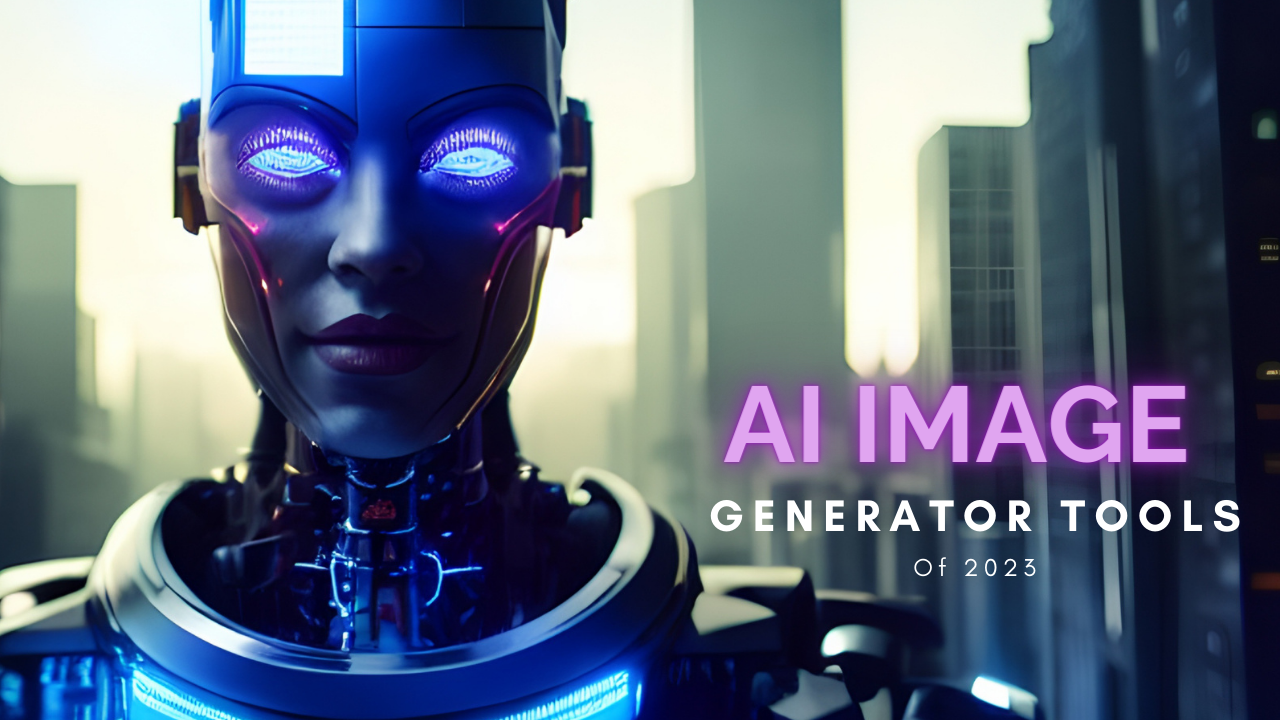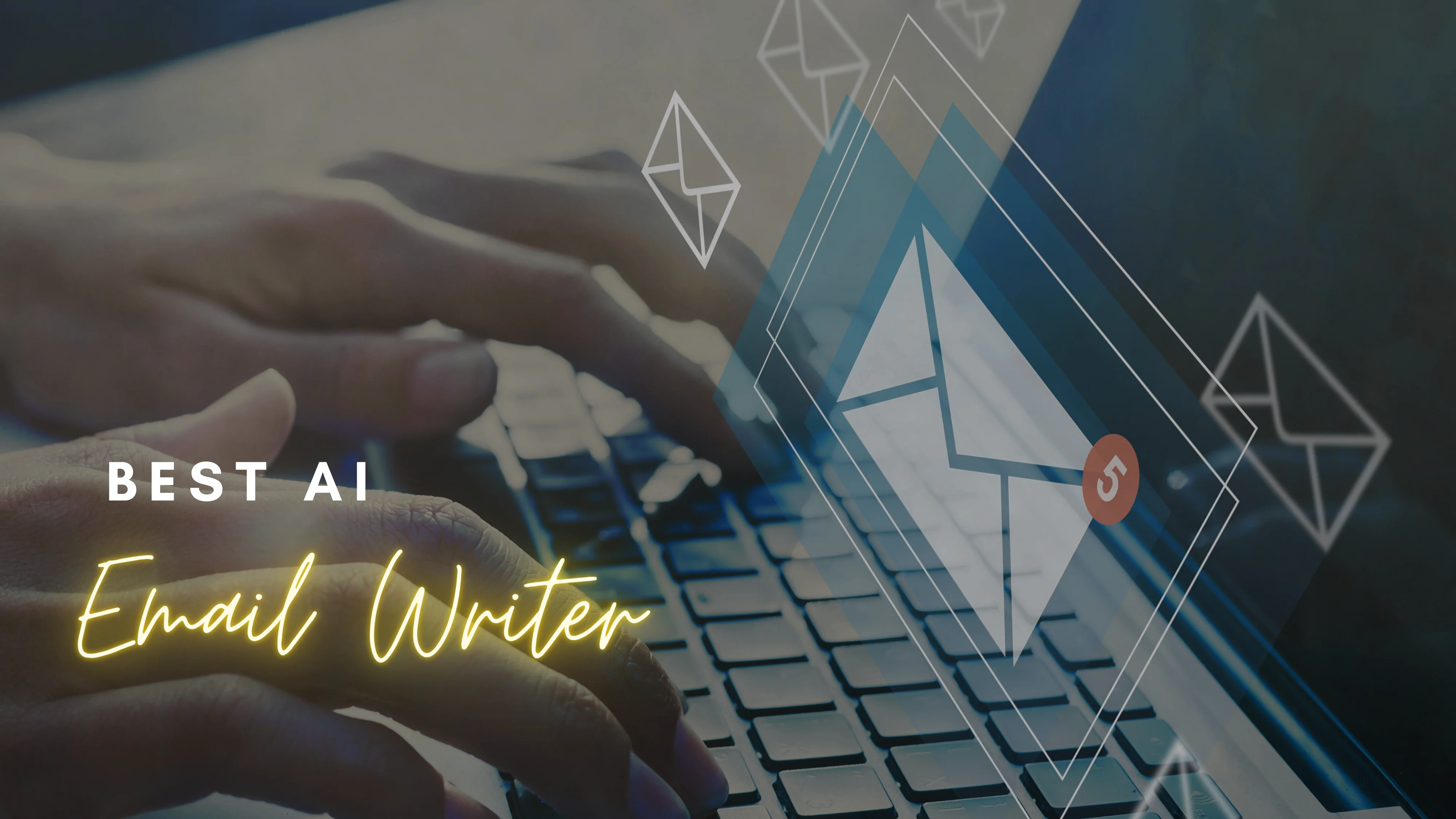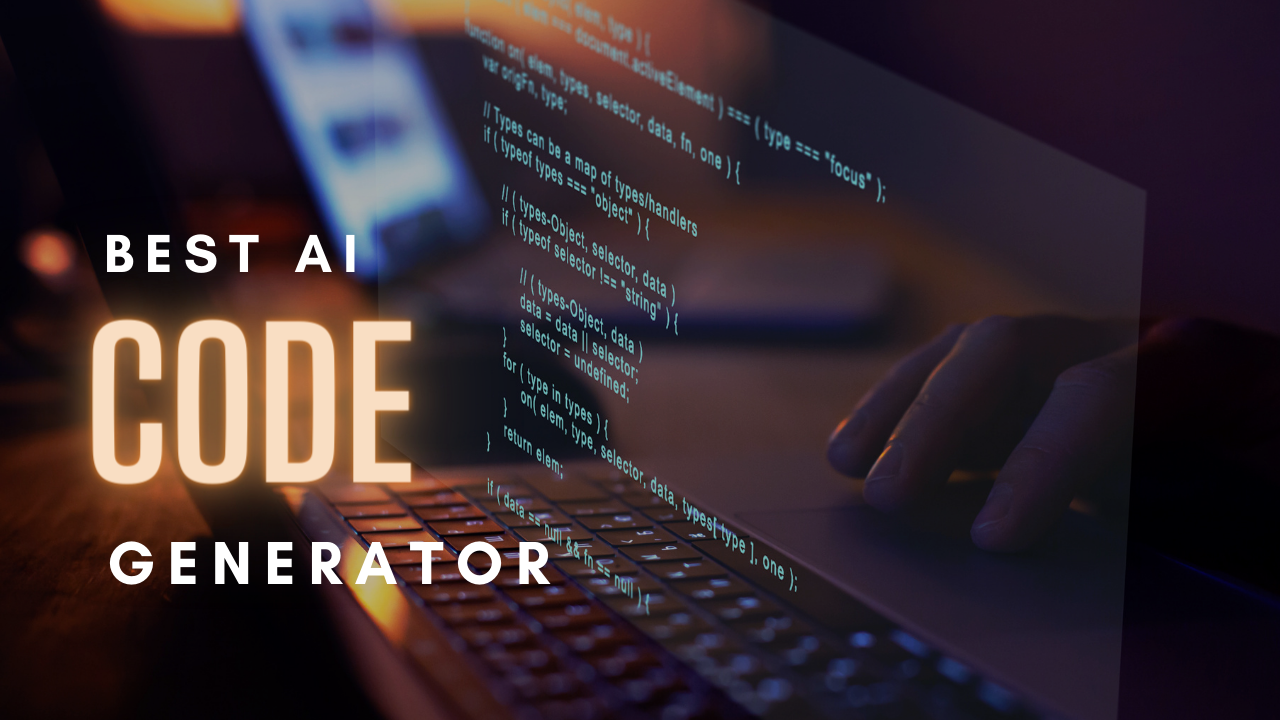The 7 Best AI Image Generator Tools of 2023
 Ilma Last Updated: October 23, 2023
10 min read
Ilma Last Updated: October 23, 2023
10 min read 
Table of Contents
- AI Image Magic: Unleashing the 7 Best AI Image Generator Tools
- 1. Bing Image Creator
- 2. Pirate Diffusion
- 3. PicSo
- 4. Craiyon
- 5. Stable Diffusion
- 6. Pebblely
- 7. Deep.ai
- Tips for Choosing the Right AI Image Generator
- Limitations and Challenges of an AI Image Generator
- Future Advancements in AI Image Generation
- Conclusion
AI Image Magic: Unleashing the 7 Best AI Image Generator Tools
AI image generator tools allow you to produce distinctive, artistic, and aesthetically stunning images, opening new avenues for expression and imagination.
1. Bing Image Creator
Description:
Bing Image Creator is a revolutionary Microsoft Bing image generator that uses AI to create unique images depending on user input. A free web application that converts a brief text explanation into still images. The results are mind-blowing!
Features:
- Most likely the easiest-to-use AI image generator available now.
- Produces realistic-looking photos based on user-provided text analysis.
- Users can earn rewards for producing images more quickly.
- Available for free.
Tool website: https://www.bing.com/create
Costing: Free
2. Pirate Diffusion
Description:
Experience breathtaking results quickly and without difficulty with this AI image generator. Pirate Diffusion allows you to express your artistic vision while pushing the frontiers of creativity and producing stunning animation, visual effects for movies, etc.
Features:
- Prioritises usability and convenience to provide AI creators with a smooth experience.
- The potent rendering skills of Pirate Diffusion help users to utilise astonishing outcomes in a matter of seconds.
- Produces lifelike characters and immersive environments by accessing the preloaded models used to improve game development initiatives.
- Produces jaw-dropping AI-generated artwork, creative projects, and graphics.
Tool website: https://www.piratediffusion.com/
Costing: The trial is free and Premium costs $15.99 monthly.
3. PicSo
Description:
PicSo is an AI image generator that creates high-quality, original images using Generative Adversarial Networks (GANs), guaranteeing that each picture is stunning and unique. Users of PisCo need to enter words or select an option to utilise the platform, which will produce an image depending on the input.
Features:
- It can produce images in the anime style, which appeals to anime fans.
- Available on iPhone and Android.
- An excellent tool for producing eye-catching pictures for social media and other platforms.
- It also converts videos to anime and includes services like meme maker.
Tool website: https://picso.ai/
Costing: Basic is free and Premium costs $9.99 per month.
4. Craiyon
Description:
Craiyon is an AI image generator that uses leading-edge technology to create graphics from text prompts. Users may quickly and easily generate original and eye-catching graphics with just a brief description.
Features:
- Uses GPT-3's advanced features to convert text into graphics.
- Provides a range of sophisticated capabilities, including the option to change the image's size, aspect ratio, and resolution.
- Real-time high-resolution photos that are distinctive and useful for developing presentation visual aids.
- Easy text-to-image conversion is made possible by a user-friendly interface, and the resulting eye-catching images may be utilised to make social media posts, advertising, and web banners.
Tool website: https://www.craiyon.com/
Costing: Basic plan is free and they offer two other plans ranging from $5 to $20 per month.
5. Stable Diffusion
Description:
Stable Diffusion is a capable AI image generator that excels at creating comprehensive images from short descriptions. Inpainting, outpainting, and text-guided image-to-image conversions are only a few of its many uses.
Features:
- Uses a variety of descriptive text inputs, such as style, frame, or presents, to produce output. Whether an image was generated automatically or uploaded, you can change it.
- Utilising the inpainting and outpainting features can improve and expand already existing images.
- You can unlock new opportunities for visual storytelling and the production of image-based content.
- Simplifies image creation for designers, producers, and artists.
Tool website: https://stability.ai/
Costing: Free to use charges for some advanced features.
6. Pebblely
Description:
Users can utilise the AI image generator Pebblely to find the ideal photographs for their projects. You can put images, and Pebblely helps you in removing backgrounds, enhancing lighting, and creating several product photos in different scenarios.
Features:
- With the right lighting, shadows, and reflections, this AI image generator produces professionally designed photographs.
- Modern AI picture curation technique with an extensive selection of photos.
- Quick and effective image search capabilities with an intuitive user interface.
- Ability to filter image search results based on criteria along with a feature of resizing and extending images.
Tool website: https://pebblely.com/
Costing: Provides a free trial and the Premium starts from $19 per month.
7. Deep.ai
Description:
A popular web-based platform called Deep.ai is renowned for its capacity to produce realistic and visually appealing images. This tool is especially helpful for designers and artists looking for fresh ideas.
Features:
- Users can generate images quickly and effortlessly on the site because of its simple navigation.
- The capacity to create new photos from old is one of its unique features.
- Producing graphics from text prompts is ideal for bloggers requiring images to accompany their content.
- It has the power to enhance image quality.
Tool website: https://deep.ai/
Costing: Basic is free and Pro begins from 4.99$ per month.
Tips for Choosing the Right AI Image Generator
With a plethora of AI image generators available, choosing the right one can be overwhelming. Here are some tips to help you make an informed decision:
Consider your specific needs:
Define your requirements and determine what you aim to achieve with an AI image generator. Consider factors such as the desired style, level of customization, ease of use, and integration capabilities.
Explore different tools:
Take the time to explore different AI image generators and experiment with their features. Many tools offer free trials or limited versions that allow you to assess their suitability for your projects.
Read user reviews and testimonials:
User reviews and testimonials can provide valuable insights into the strengths and weaknesses of different AI image generators. Pay attention to feedback from users who have similar needs or goals as yours.
Consider the learning curve:
Some AI image generators may require a steep learning curve, while others may offer a more intuitive user experience. Assess your familiarity with AI technologies and choose a tool that aligns with your technical expertise.
Evaluate customer support:
Consider the availability and responsiveness of customer support when selecting an AI image generator. Prompt and reliable support can be crucial when facing technical issues or seeking guidance.
By following these tips, you can narrow down your options and find the AI image generator that best suits your needs.
Limitations and Challenges of an AI Image Generator
While an AI image generator offers incredible capabilities, it also comes with certain limitations and challenges that need to be considered. Some of the common limitations include:
Quality and Fidelity:
While AI image generators have made significant advancements, the quality and fidelity of the generated images may not always meet the expectations of professional artists or designers. The output may lack fine details, exhibit artefacts, or fail to capture the essence of the original style.
Originality and Copyright:
An AI image generator relies on large datasets for training, which may include copyrighted images or works of art. This raises concerns regarding the originality and copyright infringement of AI-generated images. It is important to ensure that the generated content respects intellectual property rights.
Dependency on Training Data:
The quality and diversity of the training data significantly impact the performance of an AI image generator. Biases and limitations present in the training data can be reflected in the generated images, leading to potential ethical concerns.
Computational Resources:
Generating high-quality images with an AI image generator often requires substantial computational resources. This can pose challenges for individuals or organisations with limited access to powerful hardware or cloud computing services.
Contextual Understanding:
An AI image generator may struggle to understand the context or deeper meaning behind an image. This can result in the generation of visually appealing images that lack the intended emotional or conceptual depth.
It is essential to be aware of these limitations and challenges when working with an AI image generator. By understanding their boundaries, users can make informed decisions and leverage the technology effectively.
Future Advancements in AI Image Generation
The field of AI image generation is evolving rapidly, with ongoing research and advancements pushing the boundaries of what is possible. Some of the future advancements we can expect in AI image generation include:
Improved Fidelity and Realism:
Researchers are continuously working towards improving the quality and fidelity of AI-generated images. Advancements in deep learning architectures and training techniques are expected to result in more realistic and visually appealing output.
Style Transfer Customization:
AI image generators are likely to provide more granular control over style transfer, allowing users to fine-tune the artistic effects applied to their images. This will enable designers to achieve more precise and personalised results.
Interactive and Responsive Generation:
Future AI image generators may allow users to interactively influence the image generation process in real time. This could involve adjusting parameters, adding or removing elements, or guiding the AI model's decisions through direct manipulation.
Enhanced Contextual Understanding:
AI image generators are expected to become more adept at understanding the context and semantics of an image. This could enable the generation of images that align not only with visual aesthetics but also with the intended meaning or message.
Ethical and Responsible AI:
As AI image generation becomes more pervasive, researchers are focusing on addressing ethical concerns and ensuring responsible use. Efforts are being made to reduce biases, improve transparency, and establish guidelines for the responsible deployment of AI image generators.
The future of AI image generation holds immense potential for creative expression and innovation. As technology continues to advance, we can expect exciting developments that will shape the way we create and interact with visual content.
Conclusion
The astounding AI image generator tools have completely transformed the world of visuals. These technologies utilise AI's power to create limitless imagination and artistic expression opportunities. In this article, we explored the seven best AI image generators, highlighting their features, pricing, and limitations. We also discussed tips for choosing the right AI image generator and explored future advancements in the field. These AI image generator tools provide countless creative options. They allow users to produce mesmerising works of art and explore and explore new spheres of visual creation, whether they are creative professionals or computer enthusiasts. To discover more AI tools for your every need, visit Futuritech.io.
Frequently Asked Questions
-
What is an AI image generator?
- An AI image generator makes use of artificial intelligence (AI) to produce pictures.
-
How does an AI image generator function?
- AI image generators use deep learning techniques to examine patterns in current photos and produce new images based on that analysis.
-
Can we use an AI image generator for commercial purposes?
- An AI image generator can be used for business purposes and reduce work.
-
Do AI image generators produce realistic images?
- Yes, cutting-edge AI image generators can produce incredibly lifelike images that are hard to tell apart from the actual thing.
-
What uses can AI image generators be put to?
- Various industries use AI image generators, including art, gaming, design, advertising, and virtual reality.





